Alisher Khasanov, Airalab industrial engineer, spoke about the world of industry 4.0: from the concept of a robot, to a cyber-physical system.
The first mention of cyber-physical systems dates back to the 2000s.
These systems were already present in people's lives, but there wasn’t a unifying theory.
The current systems—service robots, self-driving taxis, shops and sensor-based surveillance networks—are all examples of smart city systems.
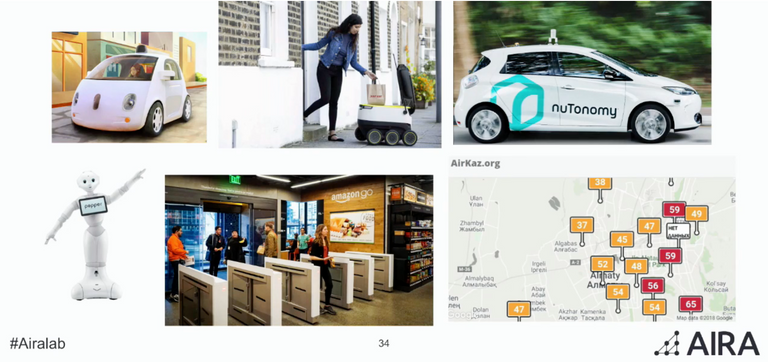
The autonomous industry is developing systems related to the production of consumer goods, complex automotive systems where lights-out workshops are built, autonomous ports, etc.
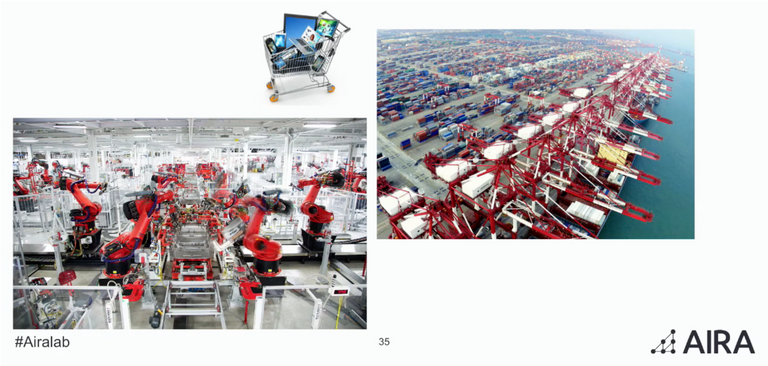
Autonomous port of Qingdao, China
Autonomous plants
Payment and technical channels are necessary in order to interact with autonomous plants and exchange information.
For example, the OGAS project (the National Automated System for Accounting and Information Processing) is a system of automated management of the economy of the USSR.
Centralized systems that serve modern enterprises are based on cloud technologies or centralized payment gateways.
These systems work as follows:
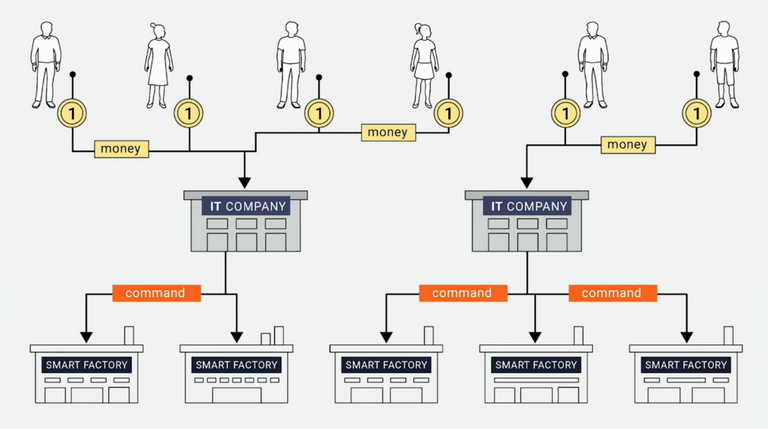
Several large companies are penetrating the market, and serving as an interface for customers that helps to obtain certain services.
How development occurs with the help of blockchain technology:
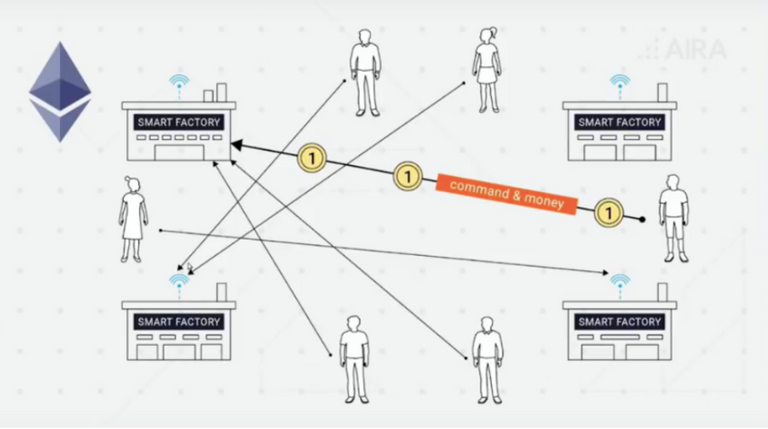
Blockchain allows customers to interact directly with services provided by the smart city and industry because it combines technological and economic parts into one transaction.
This makes it possible to implement the Ethereum network, but it requires an expansion of functions.
The synergy of cybernetics and physics makes it possible to create tools used to develop cyber-physical systems; not just individual robots, but entire enterprises that can be represented in a unified way in the economy.
Airalab provides an economic interface for direct interaction with enterprises, creating markets where robots not only offer their goods and services, but also order them.
Thus, you don’t only receive cyber-physical systems, but the services market as well, which will lead to the services of a smart city and industry 4.0.
AIRA can be connected to the ERP system level, where the work of an enterprise is planned.
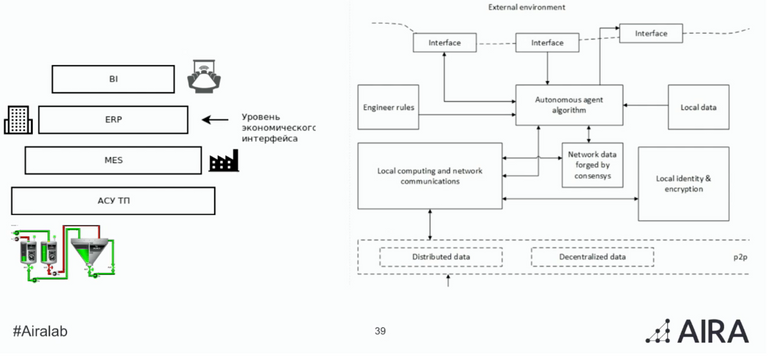
The example on the right illustrates the structure of the agent. The agent configured by the engineer has an environment interaction interface and the medium.
All economically important data is recorded in the blockchain. The rest of the data should be distributed via p2p communication using IPFS; those are components related to the technical part of the transaction.
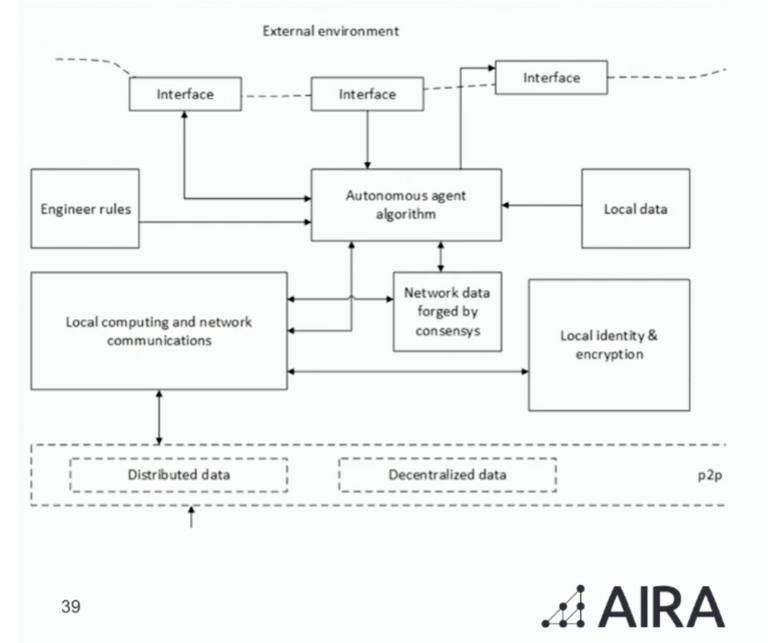
If you have any questions you can ask them directly by email: [email protected]